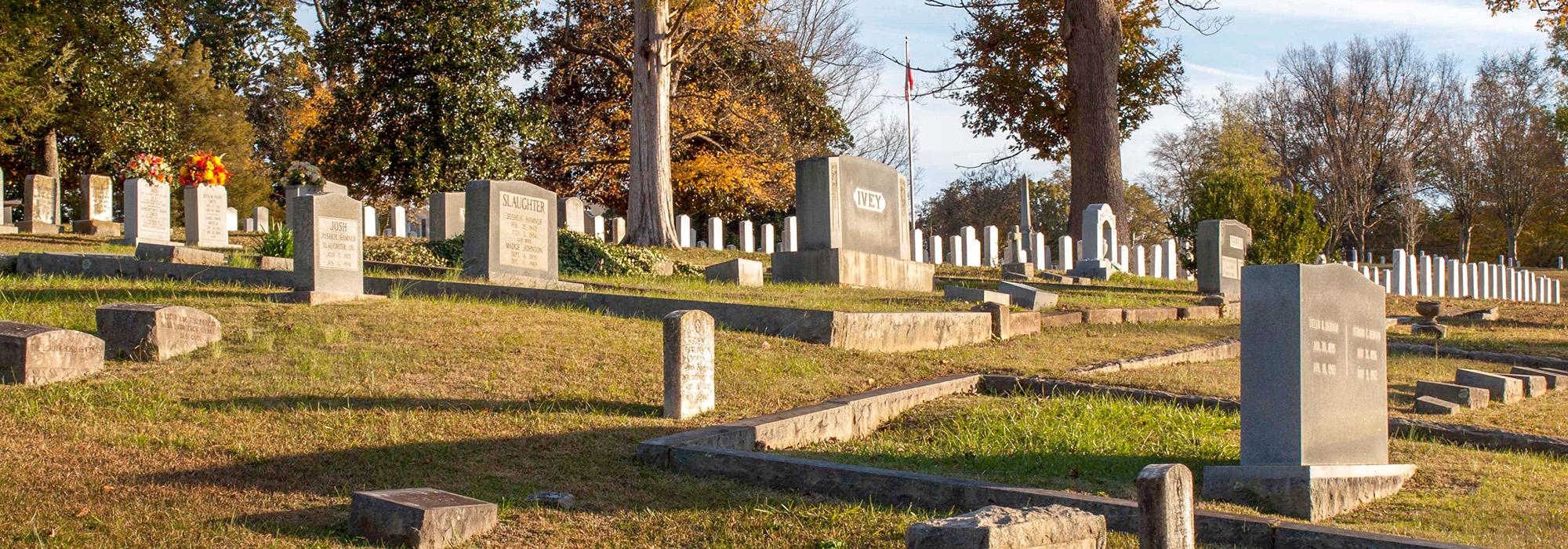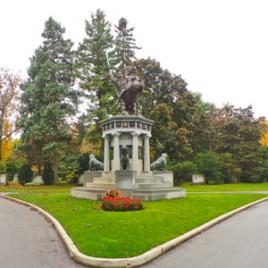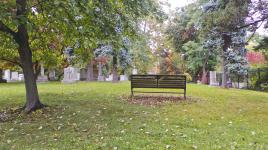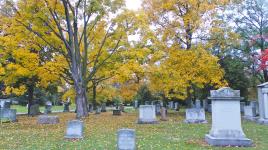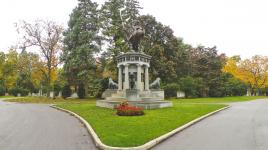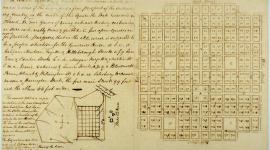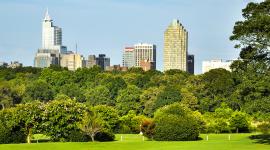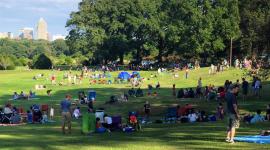Pioneer Information
Trained as a civil engineer in Prussia, Engelhardt immigrated to the United States in 1851, where, it was said, he worked in several eastern cities as a landscape gardener. He arrived in Canada in 1870, and in 1871 designed and executed plans for the grounds of the Ontario Institution for the Education of the Deaf and Dumb (now the Sir James Whitney School for the Deaf) for the Ontario Department of Public Works. Located in Belleville, the facility had already opened, and Engelhardt promptly transformed its long, straight, tree-lined entryway into two curving lanes, augmented by multiple gravel footpaths that meandered among evergreens, deciduous trees, and rustic benches. In that same year, he likewise planned the 26-hectare grounds for the Ontario Institution for the Education of the Blind in Brantford (now the W. Ross Macdonald School), as well as Town Park in Port Hope.
Engelhardt designed several Picturesque cemeteries in Ontario, including Belleville Cemetery in 1873, as well as Port Hope’s Union Cemetery and Toronto’s Mount Pleasant Cemetery, both in 1874. He served as superintendent for the latter from 1875 to 1888, overseeing the transformation of the parcel along Yonge Street, whose naturally varied topography he fully exploited, turning Spring Creek into a string of islanded ponds linked by a series of cascades. Elsewhere he forded the stream with rustic footbridges and surrounded the central plateau with curving avenues and walkways. The plan echoes recommendations for cemeteries in his 1872 publication, The Beauties of Nature Combined with Art, the first book on landscape gardening published in Canada.
Photo by Alessandro Valente 2014.



